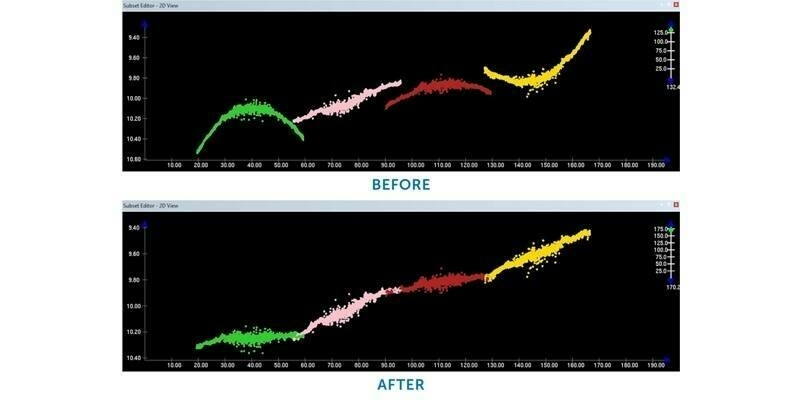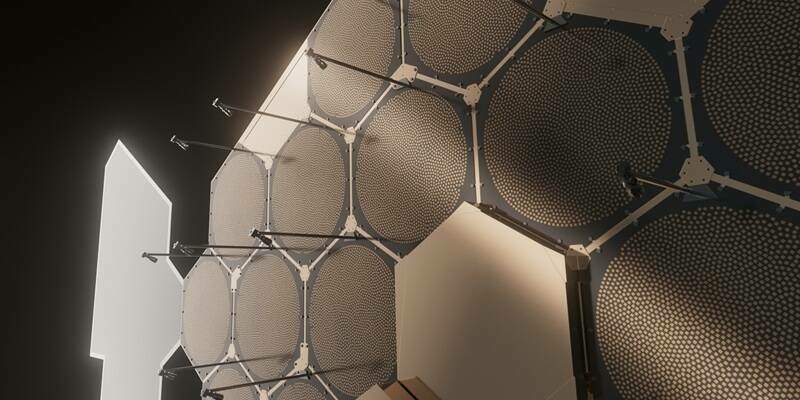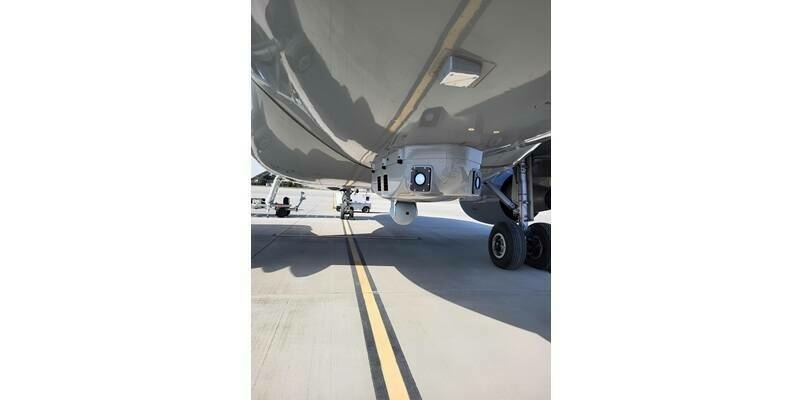Archaeologists from the University of Bradford and the National Trust have discovered the remains of a giant tannery at Fountains Abbey.
The find was made using ground penetrating radar and is of particular significance because of its size - experts said it indicated an industrial scale operation requiring hundreds of people.
Prof Chris Gaffney, Head of the School of Archaeological and Forensic Sciences at the University of Bradford, said: “This is a major discovery and it rewrites what we know about the site. Geophysical surveys at Fountains Abbey continue to provide us with stunning, unexpected and intriguing glimpses into life in the past. Each high-resolution dataset is of great interest in imaging the buried archaeology, but visualising these with the digital model that we have created of the upstanding remains has provided a completely new ‘view’ of the site. As the technology advances, so does our understanding of the archaeology at Fountains Abbey.”
An animated 3D flyby shows the location of the hidden ruins.
It has been described as the largest tannery yet discovered at a monastic site in Britain and reveals remarkable new evidence about the community of monks and lay brothers who lived there and their central role in spreading Cistercian worship.
Experts had always been puzzled by a long ‘bowling alley’ type extension on the east side of the Fountains Abbey precinct, close to the River Skell.
Now, ground penetrating radar, backed up with other geophysical survey methods, carried out in partnership with National Trust by the University of Bradford, Mala UK, Geoscan Research and Magnitude Surveys, has made unexpected discoveries of unknown monastic buildings filling the whole width of the valley floor of the World Heritage Site.
Subscribe to our newsletter
Stay updated on the latest technology, innovation product arrivals and exciting offers to your inbox.
Newsletter

